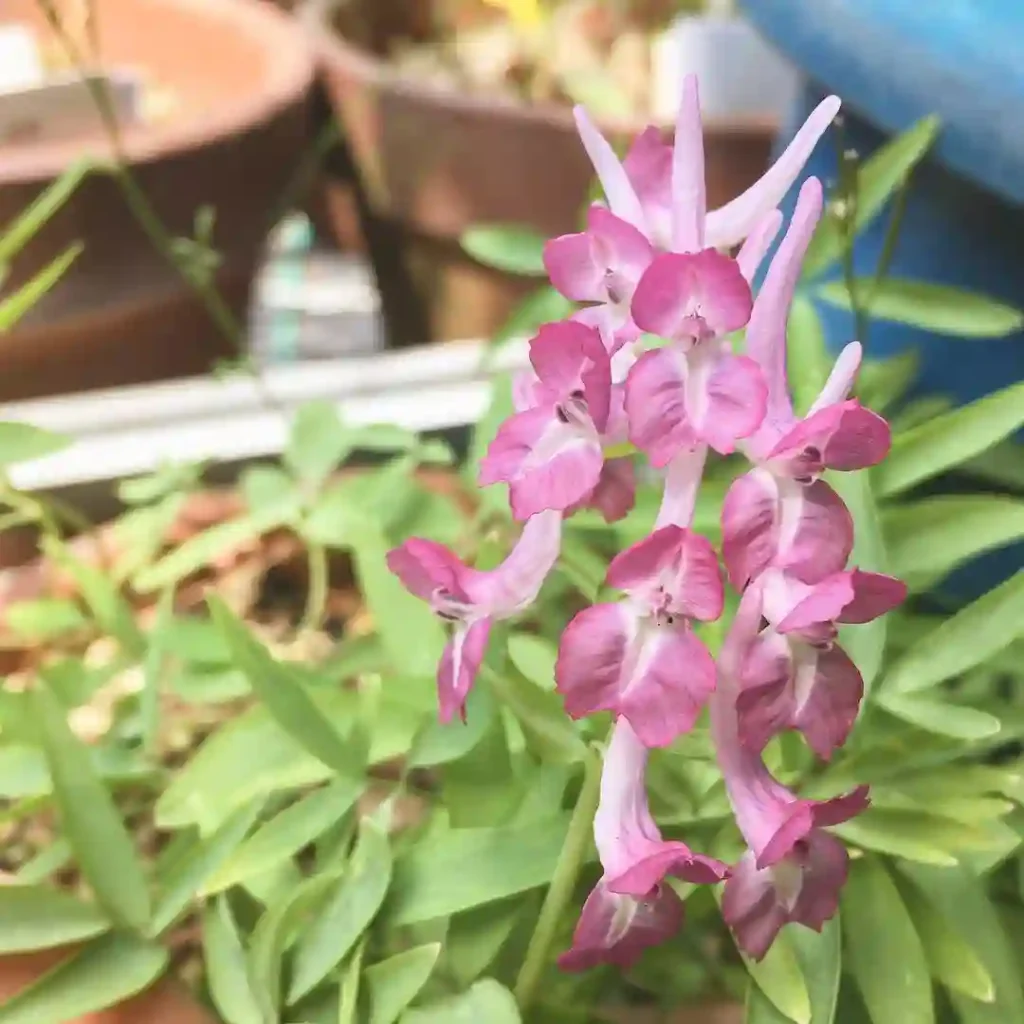Pistia: My Fascination with a Floating Wonder
I’m Ferb Vu, and I’ve always been drawn to the unique and intriguing in the natural world. Among my many interests, the aquatic plant genus Pistia holds a special place. There’s something captivating about its simple elegance and the way it thrives in an environment that would be a challenge for many other plants.
A Single Species, Many Names
Pistia belong to the Araceae family, is a monotypic genus, meaning it contains only one known species: Pistia stratiotes. But don’t let that singular status fool you. This plant boasts a variety of common names that reflect its widespread distribution and the impressions it has made on people across the globe. Water cabbage, water lettuce, Nile cabbage, and shellflower are just a few of the monikers attached to this fascinating aquatic plant. These names hint at its appearance, with rosettes of leaves resembling a floating head of lettuce or cabbage, and its historical association with the Nile River.
A Wanderer on the Water
The native distribution of Pistia stratiotes remains somewhat uncertain, but it’s believed to have originated in tropical Africa or South America. Regardless of its precise origins, this plant has proven to be a remarkably successful traveler. Today, it can be found in nearly all tropical and subtropical freshwater habitats around the world. Whether through natural dispersal or human introduction, Pistia has certainly made its presence known.
A Closer Look at Pistia stratiotes
Pistia stratiotes is a perennial monocot with thick, soft leaves that form a rosette. These leaves, ranging from 2 to 15 centimeters in length, are a vibrant light green with parallel veins and subtly wavy margins. The plant floats on the water’s surface, its roots dangling beneath, creating a haven for small aquatic creatures.
One of the most striking features of Pistia is its ability to reproduce both sexually and asexually. It produces small, green flowers that are often hidden within the leaves. However, the primary mode of reproduction is vegetative, with daughter plants sprouting from stolons that extend from the mother plant. This efficient reproductive strategy contributes to Pistia’s ability to rapidly colonize new environments.
More Than Just a Pretty Face
While Pistia stratiotes is undeniably attractive, its significance extends beyond its aesthetic appeal. In some parts of the world, this plant has been utilized for various purposes. In India, for instance, it has been used in traditional medicine as an antiseptic and a treatment for ailments like asthma and dysentery. In Bengal, the leaves are sometimes used as fodder for livestock.
Interestingly, Pistia has also shown potential in phytoremediation – the use of plants to remove pollutants from the environment. Its ability to absorb heavy metals from the water makes it a candidate for purifying contaminated water bodies.
A Double-Edged Sword
Despite its beauty and potential benefits, Pistia stratiotes can also be a problematic plant. Its rapid growth and efficient reproduction can lead to dense mats covering the water’s surface. These mats can impede water flow, reduce light penetration, and deplete oxygen levels, negatively impacting aquatic ecosystems. In many regions, Pistia is considered an invasive species, and efforts are made to control its spread.
My Continued Interest
My fascination with Pistia continues to grow. I’m eager to learn more about its ecological role, its potential applications in phytoremediation, and the challenges associated with managing its invasiveness. The story of Pistia stratiotes is a reminder of the complex relationships between humans and the natural world, and the importance of understanding both the benefits and the potential consequences of our interactions with the environment.
If i die, water my plants!



